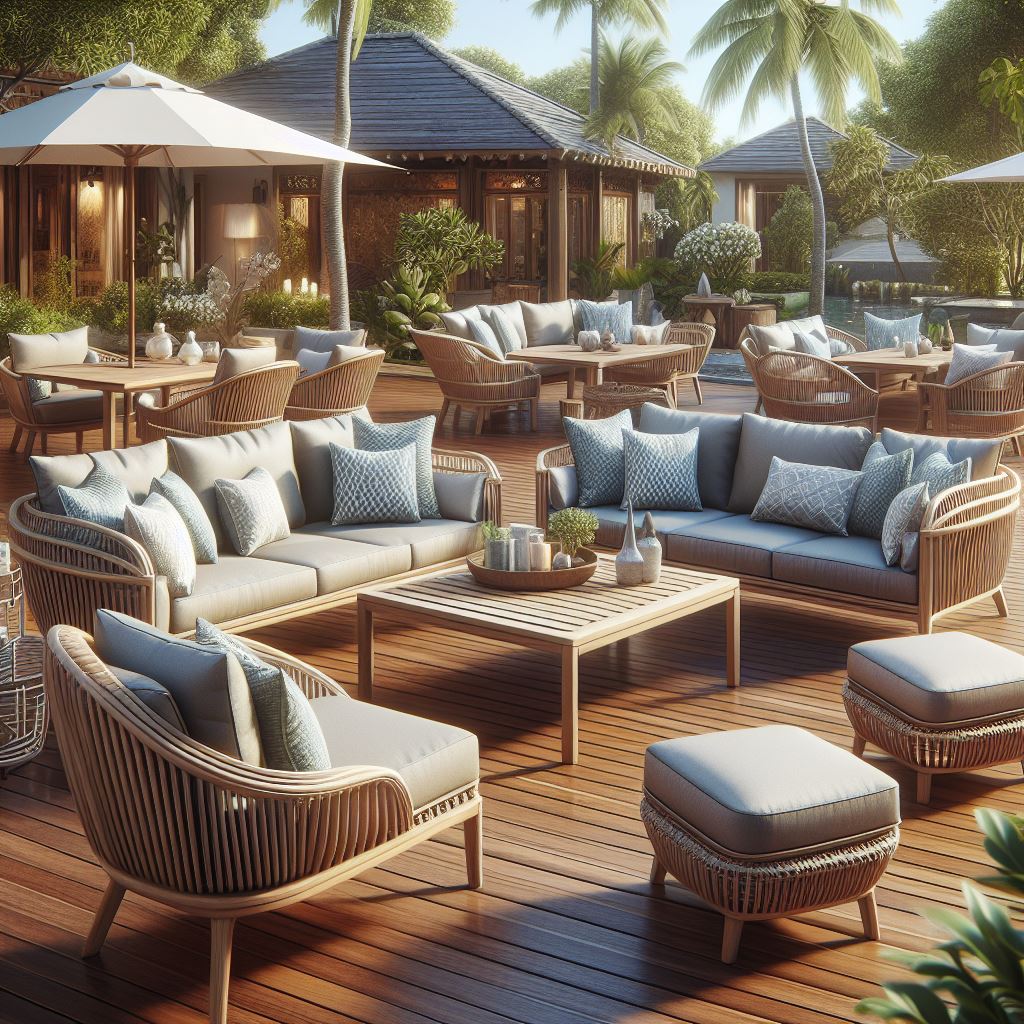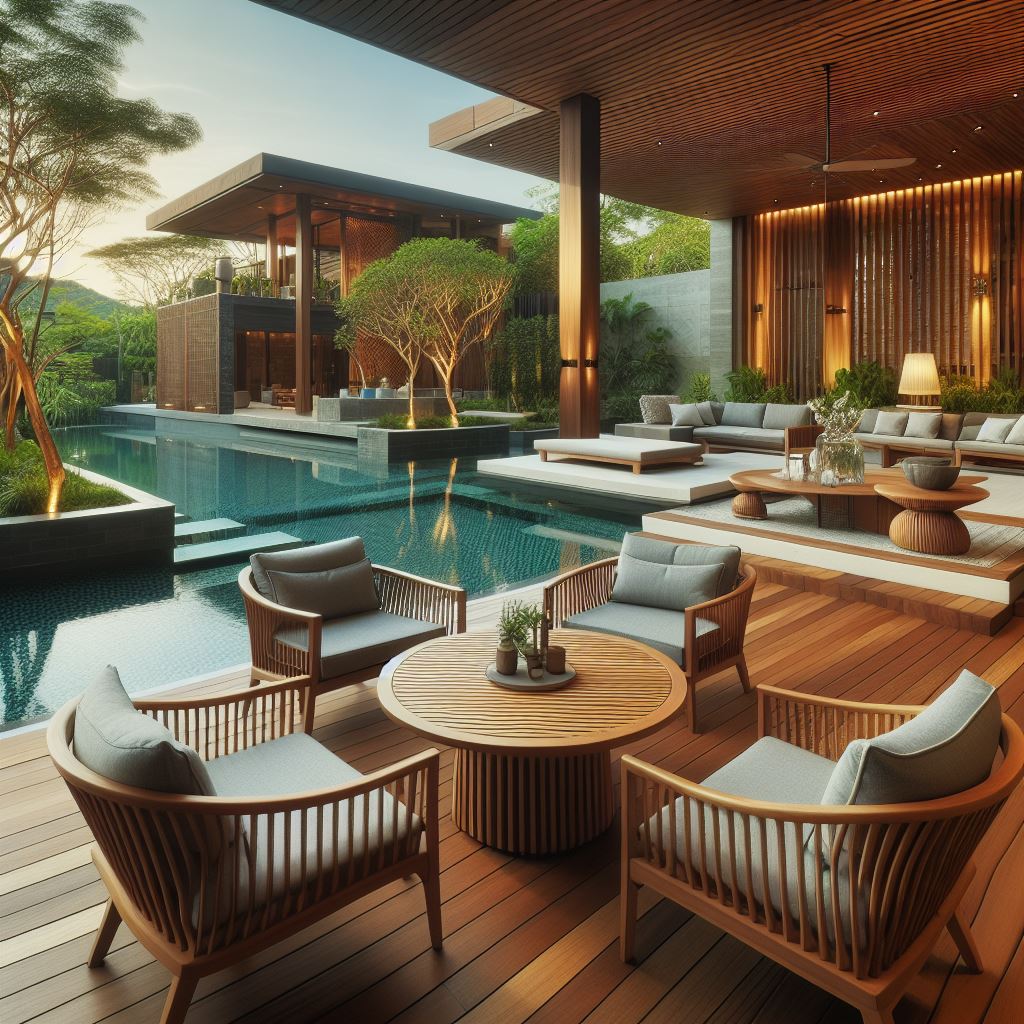Contemporary interior design encapsulates the essence of modern living, blending functionality with aesthetic appeal. In today’s fast-paced world, where innovation is key, embracing modernity in interior design has become more than just a trend—it’s a lifestyle choice. Let’s delve into some insightful ideas that define contemporary interior design.
Introduction to Contemporary Interior Design
Contemporary interior design is characterized by its clean lines, minimalist approach, and emphasis on space. It prioritizes simplicity, functionality, and sophistication. In a world where less is more, contemporary design reflects the notion of living in the present moment, free from unnecessary clutter and distractions.
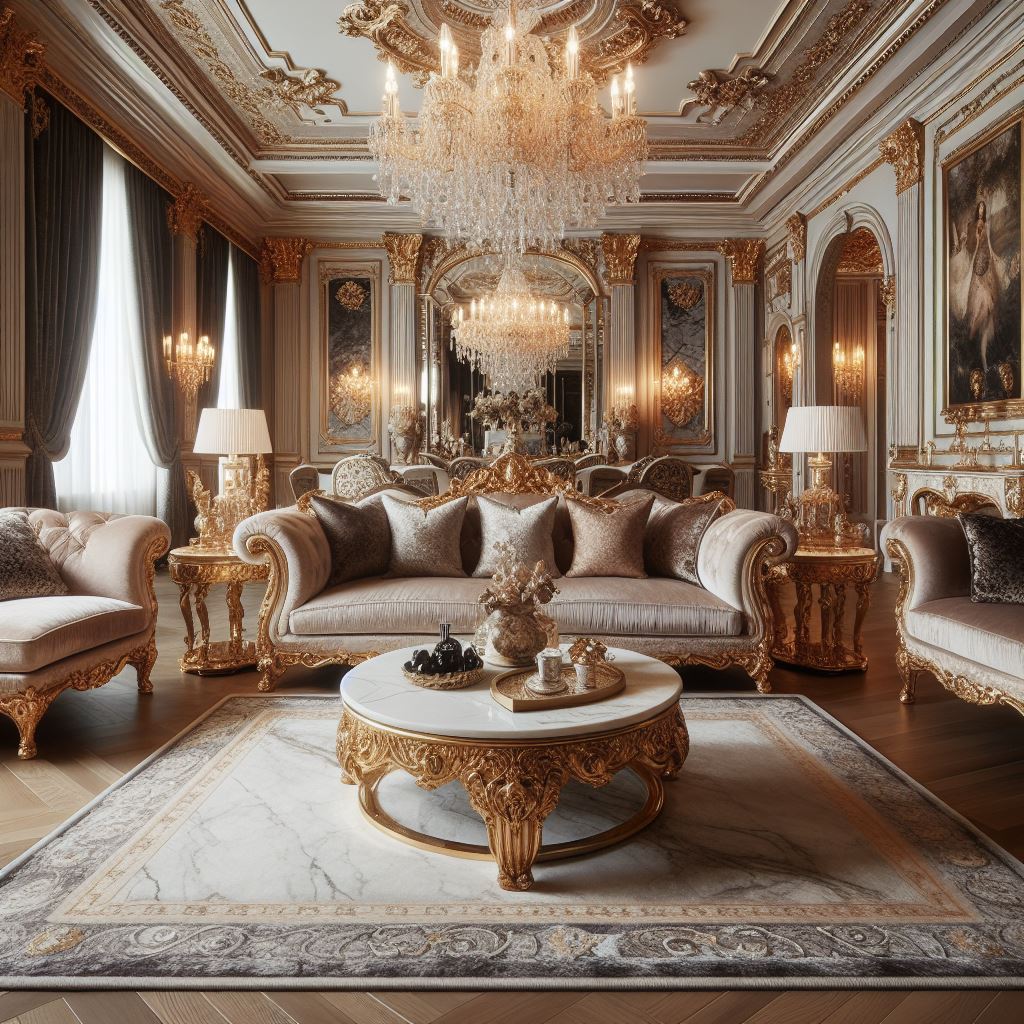
Key Elements of Contemporary Interior Design
Minimalism lies at the core of contemporary interior design. It embraces the concept of “less is more,” focusing on essential elements while eliminating excess. Clean lines and geometric shapes contribute to the overall aesthetic, creating a sense of harmony and balance within the space. Neutral colors such as white, beige, and gray serve as the backdrop, accentuated by bold pops of color for visual interest.
Incorporating Natural Elements
Integrating natural elements into contemporary design adds warmth and texture to the space. Utilizing natural light not only reduces energy consumption but also enhances the ambiance of the room. Sustainable materials such as bamboo, cork, and reclaimed wood promote environmental consciousness, while indoor plants bring life and vitality to the interior.
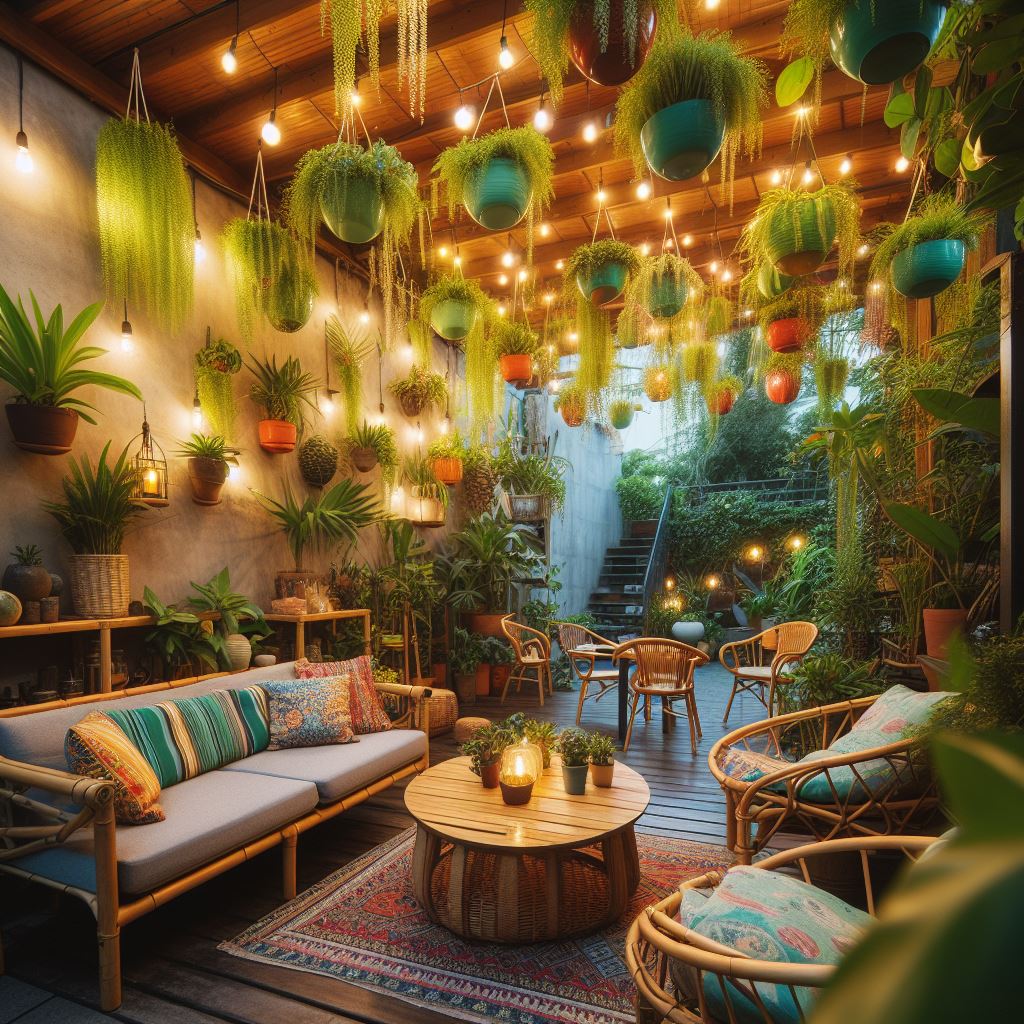
Open Floor Plans and Multi-Functional Spaces
Contemporary living embraces open floor plans, allowing for seamless transitions between different areas of the home. Multi-functional spaces adapt to the changing needs of modern living, providing flexibility and versatility. Flexible furniture arrangements optimize space efficiency, making the most of every square foot.
Technological Integration
Technology plays a significant role in contemporary interior design, with smart home devices revolutionizing the way we interact with our living spaces. From automated lighting systems to voice-controlled assistants, technological integration enhances convenience and efficiency. Innovative lighting solutions create ambiance and mood, transforming the atmosphere of the room with the touch of a button.
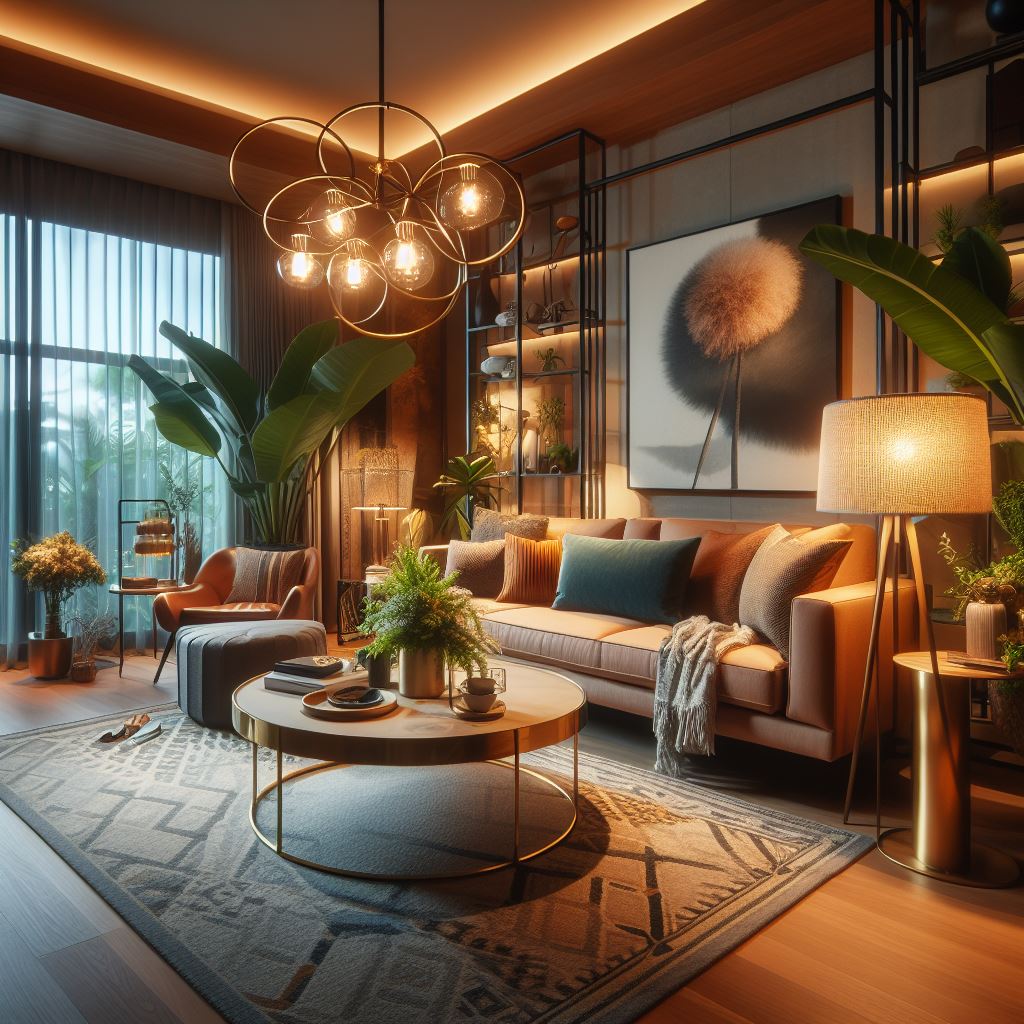
Art and Statement Pieces
Artwork serves as a focal point in contemporary design, adding personality and character to the space. Unique sculptures, installations, and curated collections reflect individual style and taste. Statement pieces become conversation starters, contributing to the overall aesthetic and ambiance of the room.
Texture and Contrast
Texture and contrast play a vital role in contemporary interior design, adding depth and dimension to the space. Mixing materials such as metal, glass, and leather creates visual interest, while balancing soft and hard surfaces adds tactile appeal. Layering textures creates a sense of richness and complexity, elevating the design to new heights.
Embracing Minimalist Furnishings
Sleek furniture designs with clean lines and minimal embellishments define contemporary interiors. Functional storage solutions maximize space efficiency, keeping clutter at bay. Every piece serves a purpose, contributing to the overall harmony and coherence of the design.
Personalization and Expression
Contemporary interior design allows for personalization and expression, enabling individuals to showcase their unique style and preferences. Incorporating personal collections, artwork, and custom furnishings adds a personal touch to the space, making it truly one-of-a-kind.
Creating Tranquil Retreats
Contemporary bedrooms and bathrooms serve as tranquil retreats, promoting relaxation and rejuvenation. Serene color palettes, luxurious fabrics, and soft lighting create a soothing ambiance, conducive to rest and relaxation. Thoughtfully designed spaces enhance well-being and quality of life.
Maximizing Natural Light
Maximizing natural light is key to contemporary interior design, creating a bright and airy atmosphere. Window treatments such as sheer curtains and blinds allow for flexibility in controlling light and privacy. Reflective surfaces such as mirrors and glass further amplify natural light, making the space feel more spacious and inviting.
Embracing Sustainability
Sustainability is a cornerstone of contemporary interior design, with eco-friendly materials and energy-efficient design choices taking center stage. From recycled materials to energy-efficient appliances, sustainable design promotes environmental stewardship and reduces carbon footprint.
Blending Indoor and Outdoor Spaces
Blurring the boundaries between indoor and outdoor spaces is a hallmark of contemporary design. Seamless transitions create a sense of continuity, allowing for a harmonious flow between the interior and exterior. Outdoor living areas extend the functional space of the home, providing opportunities for relaxation and entertainment.
Innovative Architectural Features
Innovative architectural features add visual interest and drama to contemporary interiors. Statement ceilings, unique wall treatments, and architectural details serve as focal points, creating a sense of drama and intrigue. These elements elevate the design, adding depth and personality to the space.
Conclusion: Embracing Modernity in Interior Design
Contemporary interior design embraces the spirit of modern living, prioritizing simplicity, functionality, and sophistication. By incorporating key elements such as minimalism, natural elements, and technological integration, contemporary interiors reflect the needs and aspirations of today’s homeowners. Embracing modernity in interior design is not just about following trends—it’s about creating spaces that inspire, uplift, and enhance the quality of life.
FAQs
1. What are the key elements of contemporary interior design? Contemporary interior design focuses on minimalism, clean lines, neutral colors, natural elements, and technological integration.
2. How can I incorporate sustainability into contemporary interior design? You can incorporate sustainability by using eco-friendly materials, energy-efficient appliances, and promoting environmental stewardship.
3. What role does technology play in contemporary interior design? Technology enhances convenience and efficiency in contemporary design through smart home devices, automated lighting systems, and home automation systems.
4. How can I personalize my contemporary interior design? You can personalize your design by incorporating personal collections, artwork, custom furnishings, and reflecting your unique style and preferences.
5. What are some innovative architectural features in contemporary design? Innovative architectural features include statement ceilings, unique wall treatments, and architectural details that add visual interest and drama to the space.
